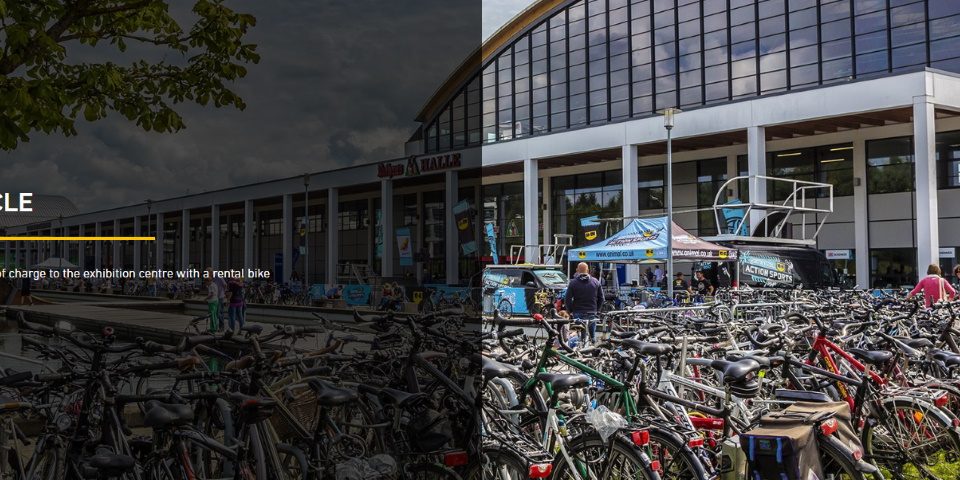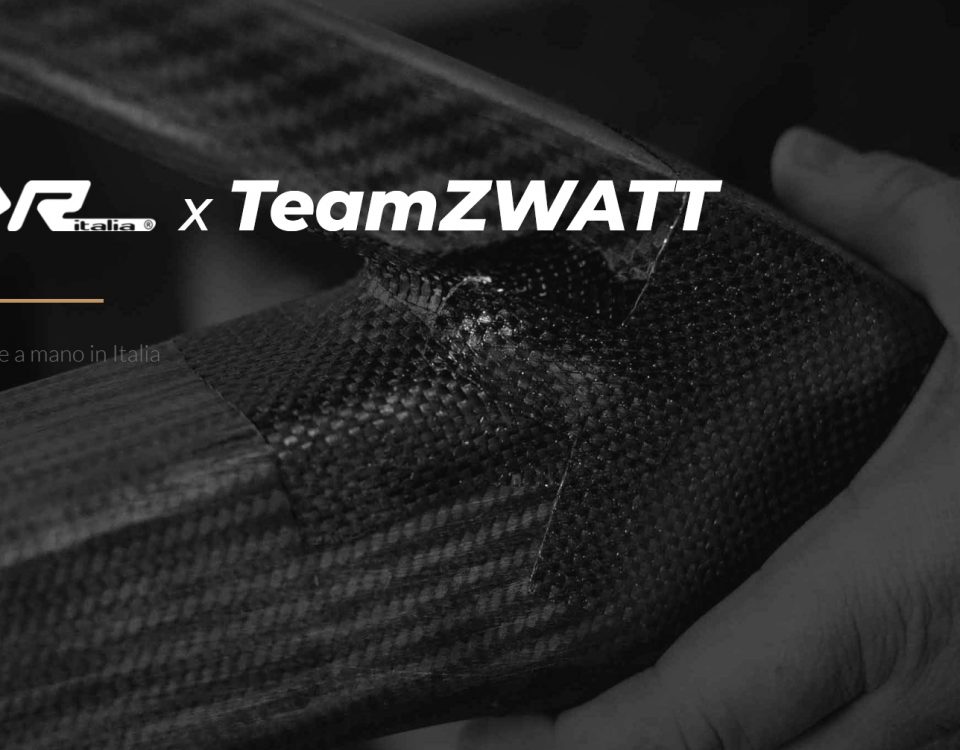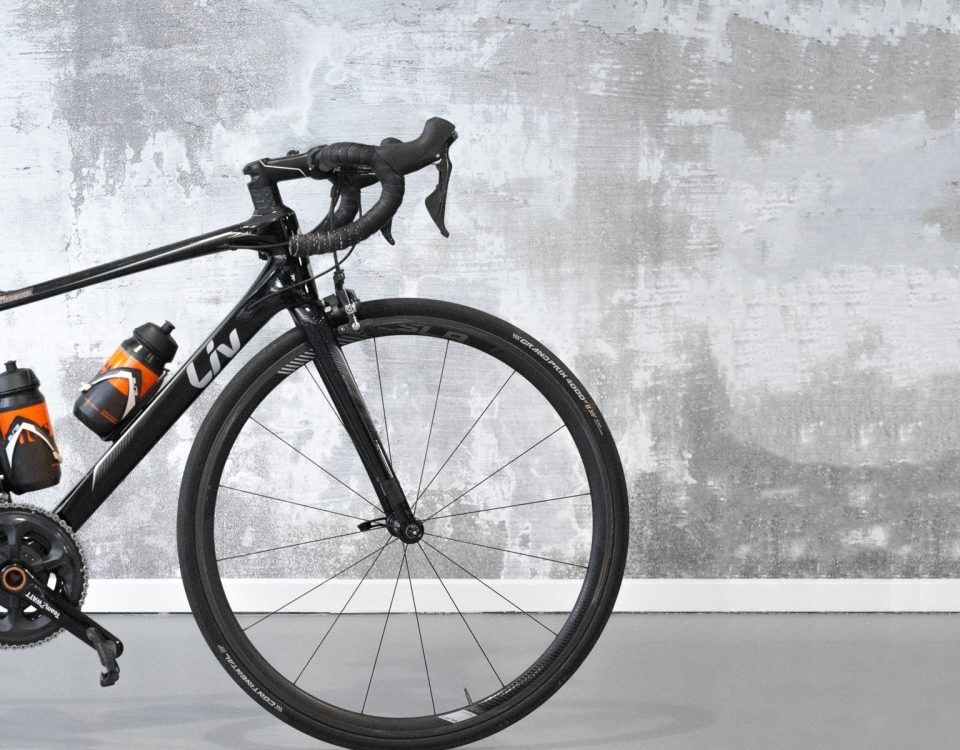News

Maintenance fee explained
How it all started
Our first product was the core technology – electronics and software and we sell that to brands who want to integrate power meters into their product lines. In 2016 we decided to take the technology to the next level by building power meters for the end user as well.
The cycling industry has taught us a bunch of things about power meters and we instantly knew what we wanted to change:
- Testing by pro riders may be extreme in power and intensity, but it’s not as diverse as the riders actually buying the products
- The difference between power meter algorithms surface when they are put in real life situations
- Results generated by the pro riders testing our technology for the brands is not nearly good enough for us
So, we came up with a new approach and based our product development on crowdsourced data from our users and introduced the world’s first subscription-based power meters.
Why? Because we want better algorithms, better prices and better products that work better for your style of riding.
How do I pay the maintenance fee, and what are my options?
First of all, you can view the Maintenace fee like any other software license as we continue to evolve and upgrade your power meter. Some of the improvements were the pedal smoothness and the left / right balance implementation through firmware and app updates.
Let’s look at the options you can select:

With the monthly maintenance fee, you also get a slightly smaller upfront-cost and spread the rest over a two years period. Once the payment is completed you can still use your power meter, receive firmware updates and the fee goes zero. Your test data is so valuable that in exchange for your a 30 minutes monthly shared ride we offer a 50% discount on the maintenance fee.
If you are not into subscription services you can also just pay the fee upfront. It’s completely up to you.
World’s biggest power meter test team
When you buy one of our power meters you are not just a customer. You are part of the biggest and most diverse test team in the power meter industry. Constant development is key and your test data helps us improve the technology even further.
Your benefit is that you will constantly be riding with the latest algorithms and features. We update your firmware long before we release it to the bigger brands.
So what is it actually we are doing with the collected data?
- Perfected the cadence algorithm and eliminated power spikes
- Identifying when a power meter is not properly zero calibrated
- Monitoring how our power meters behave over time (whether the readings stays constant). This can help us identify weaknesses in both mechanical design and software.
- Monitoring signal fall-outs. This can help us with antenna design, and optimization of the data communication protocol.
- Helping our customers troubleshoot when they have a problem. Often we can figure out whether or not something is wrong, without the rider even having to take off the power meter from the bike. In some cases, we can even diagnose the problem and fix it remotely. Not having to send in the power meter for diagnosing and repair is a huge relief to the riders of our test team.
- We can design future products based on how the power meters are used in real life. For example, we have the best data set available showing torque for different crank angles. This information can be used to improve accuracy, reduce weight and increase stiffness.
- Before we roll out new features and firmware updates, we can actually test how they will perform on all of our stored data
… and also analyzing the some pedaling data
We can analyze one rider’s data and give detailed feedback on riding style and training tips. The following example is from one of our testers who initially forgot to calibrate his Zpider:
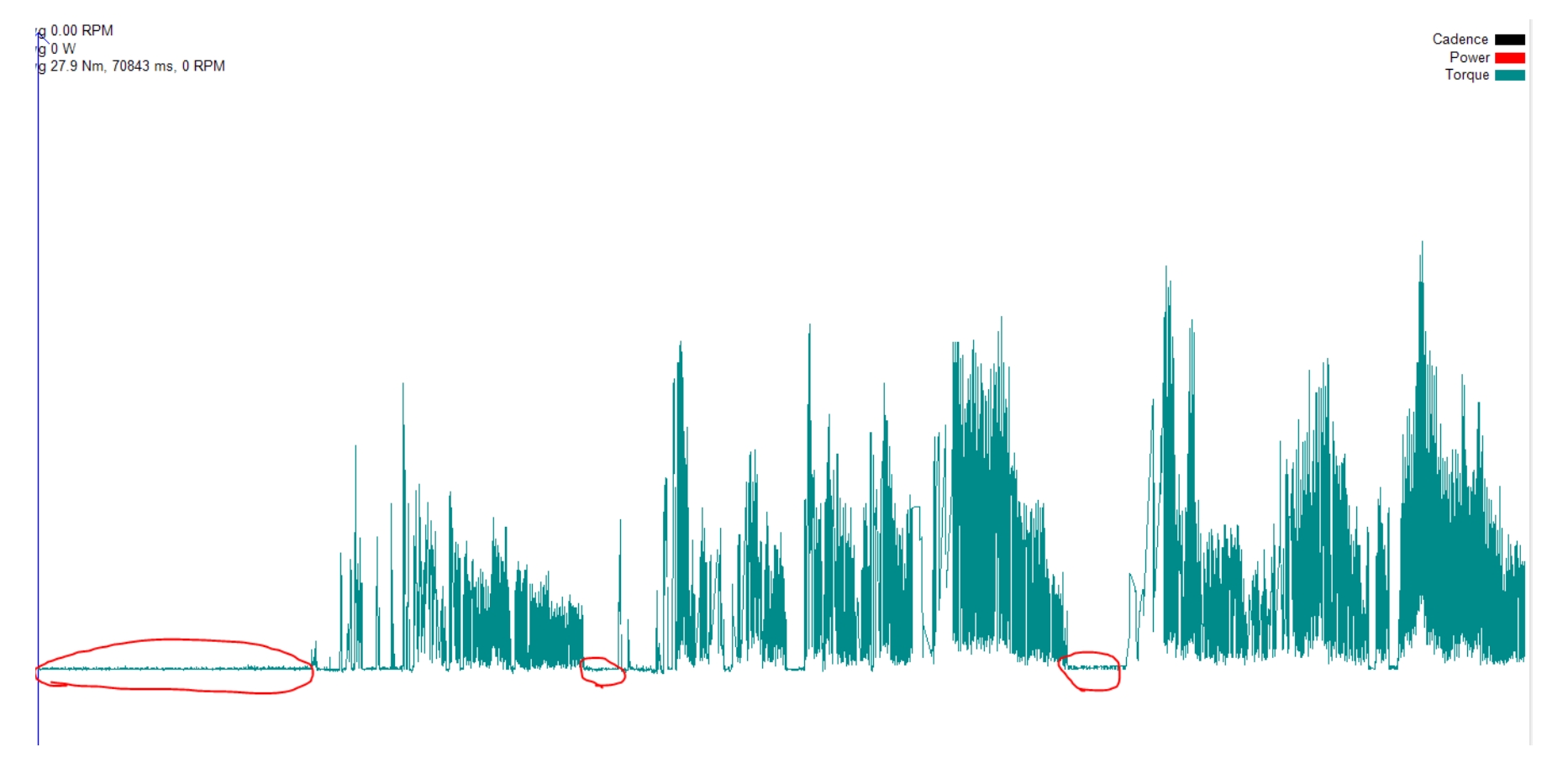
The screenshot above is from our internal software for analyzing the raw data from your rides. The green curve shows the torque, measured by the Zpider. In this example from a testers bike training, we see that when cadence is zero, the torque does not return to zero, as it should.
This happens when a power meter is not zero-calibrated correctly. The zero is offset and the readings will be incorrect. All power meters have this potential problem but by routinely looking into the raw data we are helping you identify errors like this. We are currently working on getting this process fully automated within the app.
Another example:
If your power meter shows numbers, that differ from what you would expect – does that mean that you got stronger/weaker, or does it mean that there’s a problem with the power meter? A lot of power meter users can probably relate to this problem.
The rider that generated the graph below had exactly this question. We could clearly see from the torque graph, that the zero-calibration stayed intact throughout the ride. After performing this test, he could comfortably trust the numbers from his power meter and ride on with a trouble-free mind.
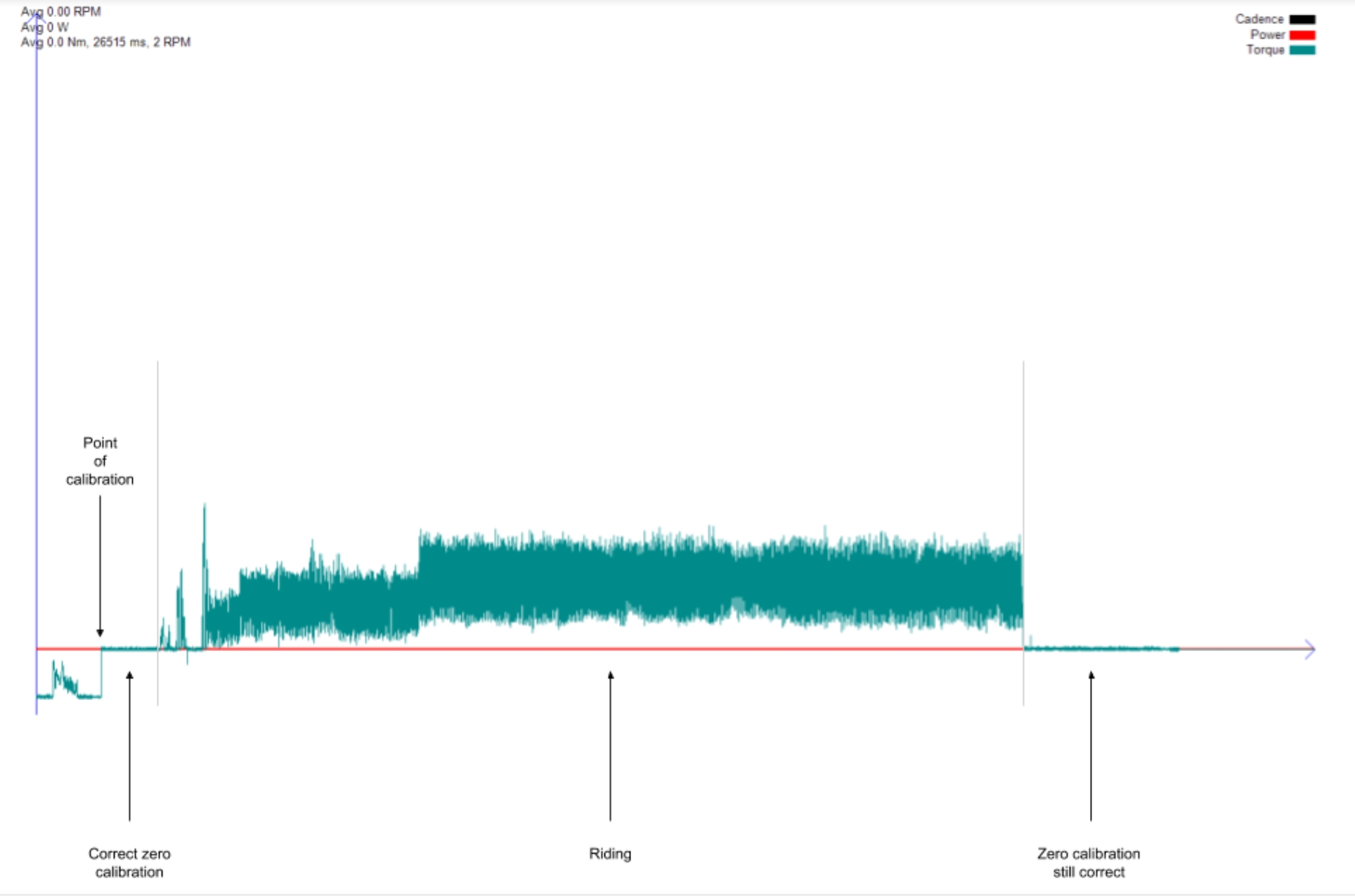
Future Prospects?
We are working on a bunch of different things, but we don’t like to talk about things before they are done. 🙂
Happy Pedalling!
Do you have any questions or would you like to share your TeamZWATT story with us? Send us a mail at gc@teamzwatt.com




